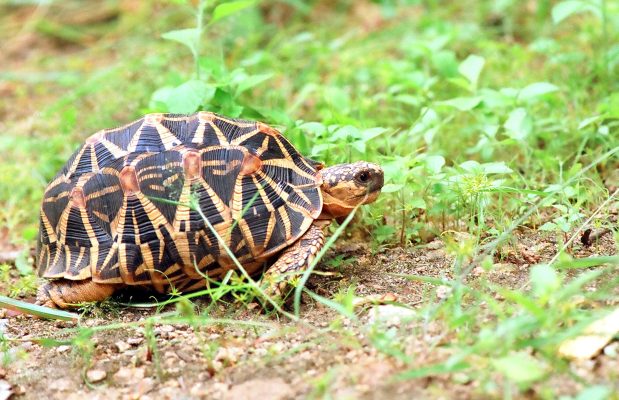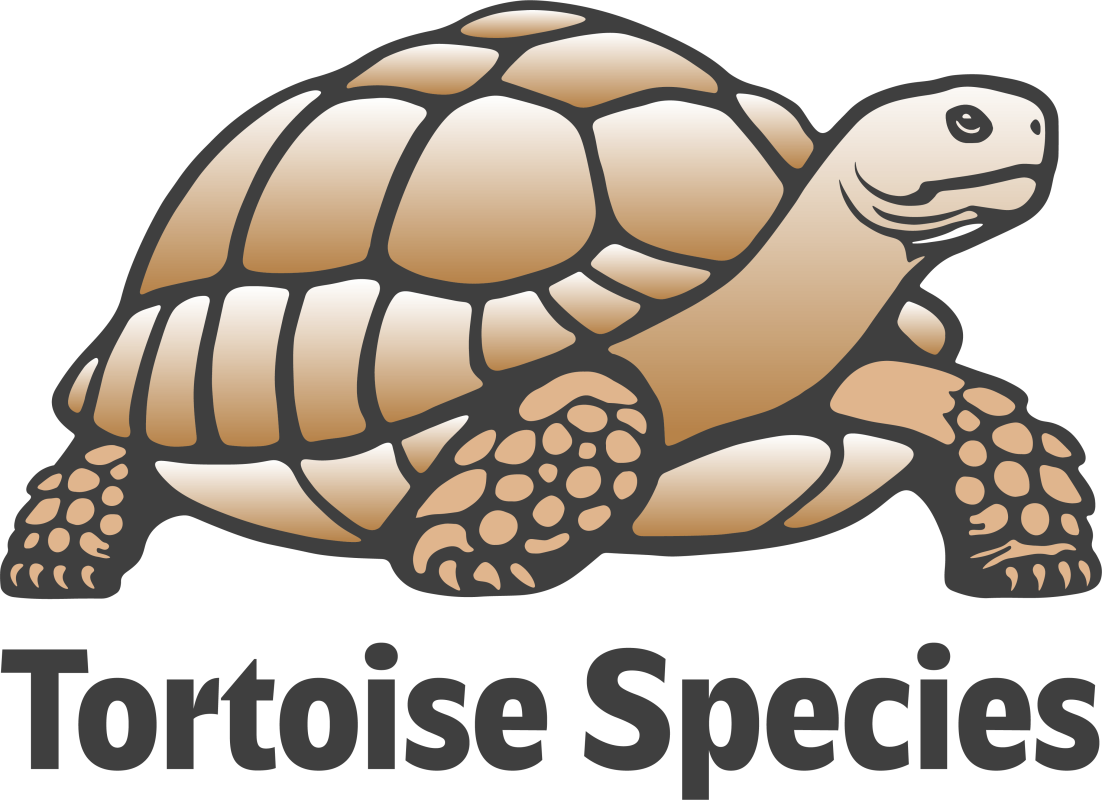Nestled in the diverse landscapes of the Indian subcontinent, the Indian Star Tortoise (Geochelone elegans) stands out as one of nature’s most remarkable reptilian wonders. With its distinctive star-shaped shell and unique characteristics, this tortoise has captured the hearts of wildlife enthusiasts and pet lovers alike. Our comprehensive guide will take you on a journey through the fascinating world of this extraordinary creature.

Characteristics: More Than Just a Pretty Shell
Physical Appearance
The Indian Star Tortoise is instantly recognizable by its stunning shell, adorned with intricate star-like patterns that seem almost artistically painted by nature. These patterns are not just beautiful—they serve as excellent camouflage in their native grassland and savannah habitats. Unlike many tortoise species, the Indian Star Tortoise boasts:
- A prominent star-shaped shell design
- Hardy and adaptable physique
- Unique spiked hind legs
- Relatively large size compared to other tortoise species
Size and Lifespan
Growing to impressive proportions, these tortoises are a testament to nature’s resilience. Adult Indian Star Tortoises typically:
- Reach lengths between 5-10 inches
- Can live remarkably long lives, often spanning 30-50 years with proper care
- Demonstrate remarkable adaptability to various environmental conditions
Habitat: The Indian Subcontinent’s Ecological Treasure

Natural Environment
Indigenous to the Indian subcontinent, these tortoises thrive in diverse ecosystems including:
- Dry savannahs
- Grasslands
- Semi-arid regions of India, Pakistan, and Sri Lanka
Their natural habitat is characterized by:
- Moderate temperatures
- Seasonal variations
- Sparse vegetation that provides both food and shelter
Diet and Nutrition: A Herbivore’s Delight

Indian Star Tortoises are dedicated herbivores, their diet primarily consisting of:
- Various grasses
- Leafy vegetation
- Occasional fruits and flowers
- Wild herbs native to their habitat
Dietary Considerations for Pet Owners
For those considering an Indian Star Tortoise as a pet, understanding their nutritional needs is crucial. A balanced diet should mimic their natural feeding patterns, rich in fiber and low in protein.
Behavior and Social Structure
These tortoises are fascinating in their behavioral patterns:
- Generally solitary creatures
- Demonstrate mild territorial instincts
- Active during cooler parts of the day
- Excellent burrowers, using underground spaces for temperature regulation
Reproduction: Continuing the Species
Breeding Indian Star Tortoises involves:
- Specific environmental triggers
- Carefully timed mating rituals
- Egg-laying in carefully selected ground locations
- Incubation periods influenced by temperature and humidity
Conservation Status: A Species Under Threat

Challenges
The Indian Star Tortoise faces significant challenges:
- Habitat loss due to human expansion
- Illegal pet trade
- Climate change impacts
- Reduction in natural habitats
Conservation Efforts
Dedicated organizations are working tirelessly to:
- Implement strict wildlife protection measures
- Regulate international pet trade
- Establish captive breeding programs
- Create awareness about the species’ ecological importance
Caring for an Indian Star Tortoise: Responsible Pet Ownership
Key Considerations
If you’re considering adopting an Indian Star Tortoise, remember:
- They require specialized habitat simulation
- Specific dietary needs
- Regular veterinary check-ups
- Understanding of their unique behavioral patterns
Essential Care Tips
- Provide a spacious, temperature-controlled enclosure
- Maintain a diet rich in fibrous vegetation
- Ensure adequate hydration
- Create opportunities for natural behaviors like burrowing
Conclusion: A Living Treasure
The Indian Star Tortoise represents more than just a reptilian species—it’s a living testament to nature’s incredible design. Whether observed in the wild or cared for responsibly in captivity, these tortoises continue to fascinate and inspire.
By understanding, respecting, and protecting these remarkable creatures, we contribute to the broader mission of wildlife conservation and ecological balance.
Note: Always acquire tortoises through legal, ethical channels and prioritize conservation efforts.

